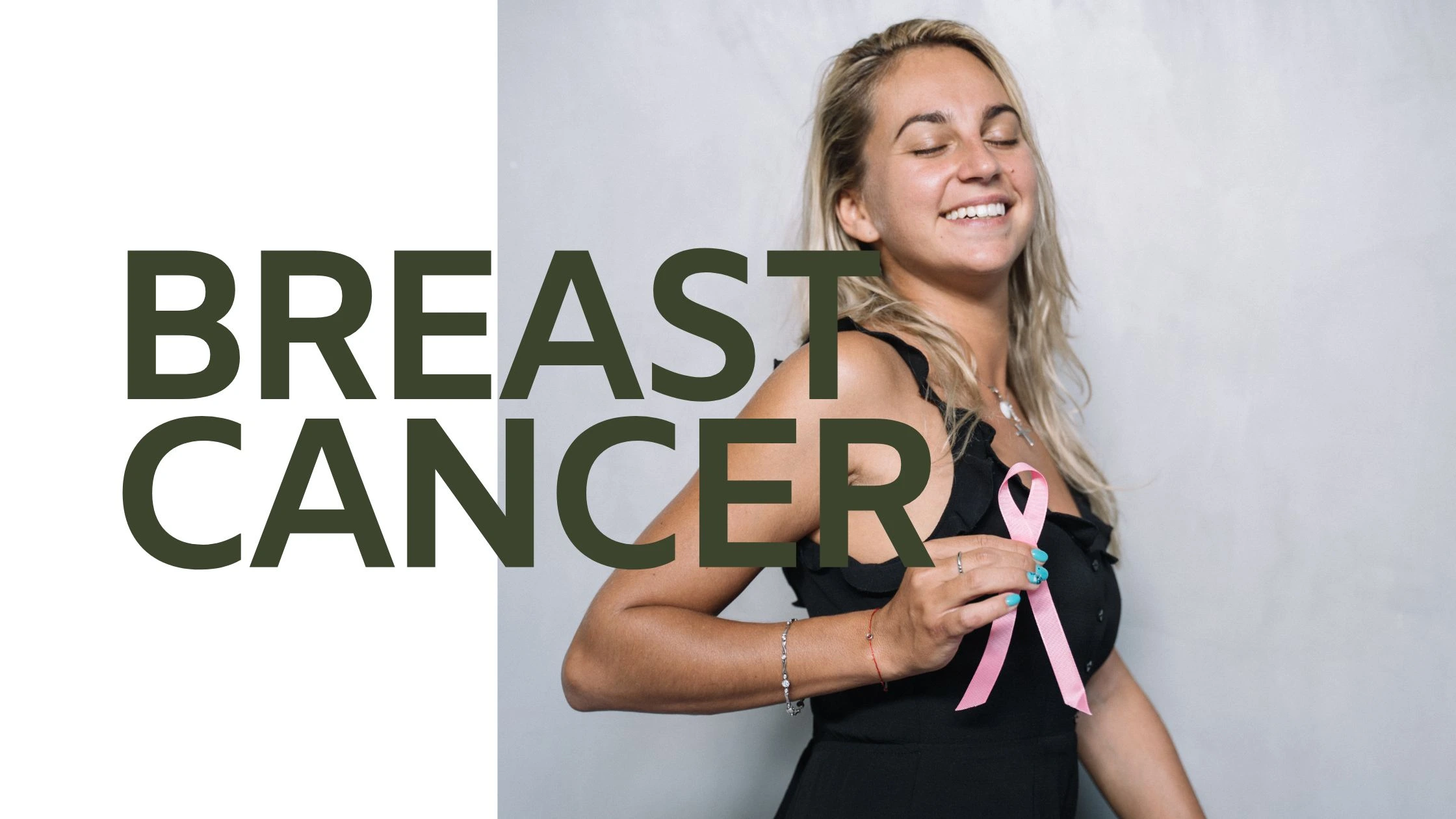There is always a misconception that breast cancer strikes the female gender alone and only during old age. It’s easy to understand why, given that very few women receive detection of breast cancer at an early age, and the typical age at detection is above sixty years (60). It’s interesting to note that nursing students, both in traditional and online educational settings, are attempting to comprehend the intricate details of breast cancer at the same time as medical professionals are delving further into the causes of this trend.
It is a demanding field of study, and because of the immense effort it takes, students often think that they wish they could find someone who could do my online nursing classes for me so that I have time to understand breast cancer more and research it and assist doctors in the right way.
However, the next generation of doctors should be well aware of the reasons for the increasing incidence of the disease in young women very profoundly. So that planning could be done from the very beginning to prevent it. Such a concerning increase in incidence among people under 40 years old brings up many doubts about the underlying causes. But that is not true as most young women in their early 30s are getting breast cancer symptoms.
What connection exists between food, inflammation, and breast cancer?
If you heard of inflammation, it was probably associated with bad things. Then, we forget that inflammation is the natural response of our body’s immune system. The time when our white blood cells meet bacteria and pathogens and when our body begins to react with inflammatory reactions to expel them is the onset of inflammation. Many researchers suggested that acute and chronic inflammatory processes could be related to many health disorders, including breast cancer.
Understanding the reasons behind this is essential for those working in the industry as well as nursing or medical students completing relevant assignments. Given the difficulty of the topic, it is no surprise that many students look to professionals for help with assignments on the same.
As discussed above, pro-inflammatory foods including those high in sugar, trans fats, synthetic additives, and processed animal products can create the symptoms of cancer. In contrast, Foods rich in flavonoids and carotenoids, combined with fibers and vitamins, fruits, green leafy vegetables, lean meats, probiotics, and whole grains constitute anti-inflammatory properties that always help you avoid cancer properties.
Growing number of cases of breast cancer in young women globally
This study suggested that mammogram screening is more fundamentally important in the early identification of the disease because the disease rarely presents with any indication once the cancer is small and controllable. “While breast soreness or discomfort fraying, bruising, expanding, or irritation, as well as modifications or secretion from the nipples, are the most prevalent signs and symptoms, the most common indicator is a small bump in either the breast or the underarm. Any persistent change in the breast should be seen by a doctor.
“There are no known risk factors for the vast majority of women who develop breast cancer,” the authors commented. “Risk factors that may be modifiable, such as obesity (postmenopausal breast cancer), low levels of physical activity, and alcohol consumption, account for approximately thirty percent of cases.”
The report did introduce a lot of startling and long-lasting variations in survival for some categories of women, who had worse survival rates than others, perhaps because of delayed diagnosis and limited access to excellent therapies, with depressing facts for young and middle-aged women.
Factors Associated with the Increase in Breast Cancer Cases in Young Women
Some of the risk factors related to the increasing trend of breast cancer among young women
1. Constantly rising estrogen levels
Experts argue that the primary reason for this rise is the fact that estrogen, which is naturally occurring within women, feeds breast cancer. Certain hormones that are released into your bloodstream can be detected by receptors on the exterior of breast cancer cells.
According to doctors, the majority of women in today’s world have their menstrual earlier in life and put off having children, which raises estrogen levels and may feed cancerous cells.
2. Mutations in Genes
In younger a familial history is one of the main causes of breast cancer.
This is very well appreciated, of course: genetic mutations in such genes as BRCA1 and BRCA2 drastically raise the probability of breast cancer.
- It only means one thing: in comparison to women without this abnormal condition, women with genetic variations are more likely to be diagnosed to suffer from breast cancer early in life.
- But for that, one needs to understand genetic factors such that timely identification and personalization of therapeutic intervention is possible.
Since awareness of genetic relations grows and genetic testing is required for many professional and medical specialties, research and homework about genetic counseling have increased significantly. h Since the nursing curriculum is pretty grueling, some students might feel compelled to request help with homework or even wish for someone else to do their online nursing class so that they could cope better with all the material they are to master.
3. Alcohol
Numerous data point to a significant increase in the number of women who drink, with those in their 30s and 40s being more likely to binge drink. According to medical professionals, drinking alcohol raises one’s chance of breast cancer by roughly 16 percent.
Large levels of folic acid, an important reason for cancer, are present in the systems of the majority of women who drink liquor at least twice or three times a week. Alcohol consumption raises the risk not only for breast cancer but also for gastrointestinal, and liver function. and cervical cancers.
4. Aspects of Lifestyle
The main reason for the rise in the incidence of breast cancer is a shift in lifestyle, especially of the current generation.
- It is due to the lack of physical activity, poor diet, as well as the rising rate of obesity with a high risk of developing breast cancer.
- Obesity has also been more recently closely associated with a high risk of breast cancer, particularly among younger women, because of its impact on hormone regulation.
- The outcome has demonstrated that estrogen created by fat tissue increases the risk for hormone-receptor-positive breast cancer.
- It has also been stated that young women in the contemporary era juggle multiple responsibilities at work, school, and personal life, which piles up great stress and strain compared to the past.
- These stresses are linked to stress habits that raise the risk of cancer, such as drinking alcohol, smoking, and not exercising.
Students frequently have overwhelming workloads and wonder to get help with the assignments work as they try to balance their academic obligations with the understanding of this difficult topic.
What causes the more severe form of breast cancer in younger women?
Among the characteristics that are linked to worse outlooks and survival for breast cancer patients under 40 and early 30s are:
- The greater size of the tumor
- Stage of advanced tumor
- The hormone receptor experiences a negative state
- The HER2 protein is overexpressed
Triple-negative breast Cancer is more frequent in younger women. Furthermore, the annual rate of metastatic breast cancer in women under 40 has increased by 3.5%. When it comes to recurrences, younger women are also more inclined than older women to have them five and ten years afterward therapy. So, it is recommended to go for mammography every 6 months so that it can be stopped from being expanded.
What is the nurses’ role in young women’s breast cancer treatment?
Particularly for younger women, nurses are essential to avoiding the development and treatment of breast cancer. The following are some of the ways nurses assist in the fight against rising cases of breast cancer.
1. Patient Instruction
A nurse is the first person a patient will turn to for any form of advice on health issues. Among the various things nurses can do is create awareness among young women of risk factors, symptoms, and even the importance of early detection of breast cancer. This includes lifestyle factors that may increase their risk, the significance of regular check-ups, and how to do self-examination.
2. Assistance In the Course of Treatment
Physically and emotionally, care providers encourage the diagnosed patient. Especially for younger women, who suffer from various additional difficulties such as concerns over infertility, disruptions of work or relationship implications, this support is more relevant. Nurses can guide them educationally on how to solve such difficult situations.
Nursing students therefore face the challenge of heavy coursework, along with ongoing clinical rotations as part of training to become professionals who can face and accomplish such tasks. To manage such heavy schedules while ensuring themselves fit for the task, nursing students may request help in terms of assignment completion.
Impact of Breast Cancer on Women in the Workplace
Breast cancer does not only create health concerns above all but also has an enormous impact on the working lives of women. Most of the women experience emotional and psychological strain, especially during the period of recovery and rehabilitation which leads to low levels of productivity and job gratification. Even general consequences resulting from the course of treatment such as lack of power, pain, and altered physical look may interfere with a woman’s capability of doing her work. In addition, the fact that cancer is a stigmatizing condition can result in discrimination in places of work, barriers to opportunities for growth, and an atmosphere of being ostracized. Women can deal with these problems, thereby receiving the necessary assistance and support to look after their health and performance of work duties thanks to appropriate policies at workplaces such as flexible working hours and the provision of counseling services.
In summary
Several variables are leading to the increased prevalence of breast cancer in young women. Healthcare workers, especially nursing students, who are at the frontline of patient care and education, must comprehend these elements to stay updated. They always ask who may do online nursing classes on their behalf or resort to assignment help for they have found no straightforward road to understand these complex subjects.
Nurses play a very essential role in fighting breast cancer as they will teach the patients and offer them emotional support. They will lighten the burden of their education if they are thorough in all their preparation and correlate their theoretical learning with experience.






